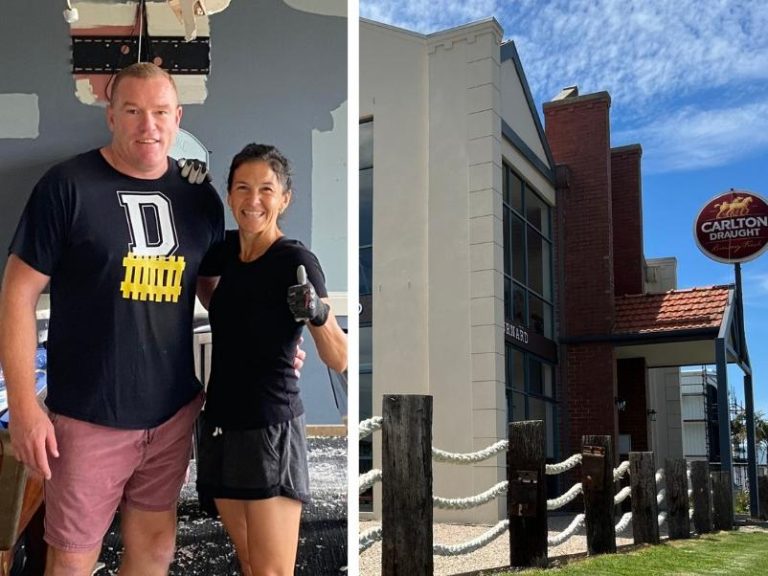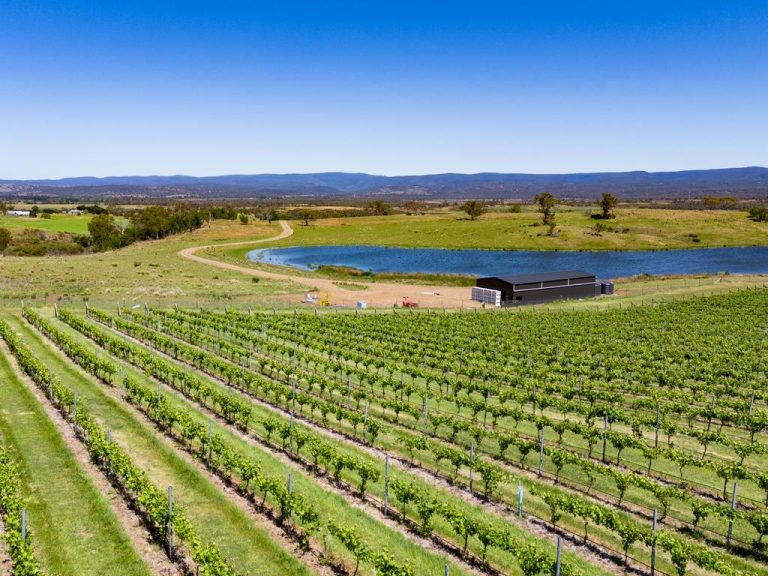NashCap looks to fine tune BlackRock tie-up with $1bn logistics play

Private equity firm NashCap is building a $1bn last mile logistics portfolio.
Private real estate private equity firm NashCap has teamed with funds managed by US investment giant BlackRock to invest in last mile logistics real estate in Australia and is assembling a $1bn portfolio.
The NashCap-founded venture, known as Urban Logistics Co, has been actively buying assets for 18 months, building a 15-strong portfolio of small-scale warehouses on landholdings of more than 500,000 square metres.
The assets are located in the hot Sydney and Melbourne markets, and on average, sit just 10km from the CBDs. But the group has mainly stayed under the radar.
It has made about $350m of acquisitions to date and has lined up a further $150m development pipeline, which will take the end value of the current portfolio to more than $500m once development and repositioning works are complete.
The group’s Urban Logistics Co venture is targeting a portfolio worth more than $1bn, via both purchases and developments over the next two to three years.
It is moving now while Australian online sales stand at a relatively low point on a global basis, with the company saying customers have become more accustomed to faster delivery during the pandemic.
With e-commerce operations needing about three times more warehouse space than traditional bricks-and-mortar retailers, the race among tenants is on for properties in inner and middle ring locations.
NashCap executive director Alastair Nash said on the investment side there had been a run on big box warehouses in fringe locations which are more efficient and can handle larger volumes.
“But what the supply chain is still missing – and it hasn’t really needed to exist up until recently – is last mile distribution,” he said.
Industrial locations near the city have effectively been in negative supply for the last 30 years as sites have been rezoned as residential, prompting a space crunch.
NashCap has been buying from private families and businesses, often focused on manufacturing or light industrial, and then redeveloping and retrofitting the sites. They are then slotting into the supply chains of bigger groups and traditional users who need to be close to the city for customers or staff.
Rents are moving quickly. “We’re seeing increases of 10 to 20 per cent, which is a function of how tight those markets are. There’s no availability and end users need to be in these locations,” Mr Nash said.
NashCap has been picking up most warehouses for $2m0-$30m and has gone as high as $100m.
It is battling fierce competition as yields compress but Mr Nash said it was prepared to take on assets that needed more work.
It is specialising in adaptive reuse of smaller warehouses and estates with average unit sizes of 2000sq m-10,000 sq m that can accommodate trucks and has overhauled older properties making them efficient for modern logistics.
NashCap director Fabian Nager emphasised the importance of ESG and aesthetic upgrades for existing assets.
Solar PVS, rainwater harvesting, smart metering and installing LED lights have been put into the assets and high-end residential architect Matthew Woodward Architecture is on board to bring a “residential angle” to the facilities which are in increasingly up-market areas.
Mr Nash pointed to the link between logistics needs and the overhaul of ageing buildings in the inner city.
“Where the last mile supply chain needs to go into these inner locations, also happens to be the same place where there’s redundant older buildings.
“It seems like a much more natural marriage, and far more sustainable, to reposition those as new facilities than to go and find things in compromised locations and build brand new warehouses,” he said.
Mr Nash predicted the longer term owner of the portfolio would be “more institutional in nature”.
“There’s value for those types of owners in having the portfolio aggregated,” he added.
“We’re just institutionalising these pieces of real estate.”
He is looking ahead to the next iteration of industrial development.
“The next generation is it goes more micro again,” he says, predicting that having a small presence in affluent suburbs will become critical for large e-commerce and retail groups, alongside existing occupants.
“E-commerce is the marginal effect, but there’s still a lot of businesses that need these locations.”







